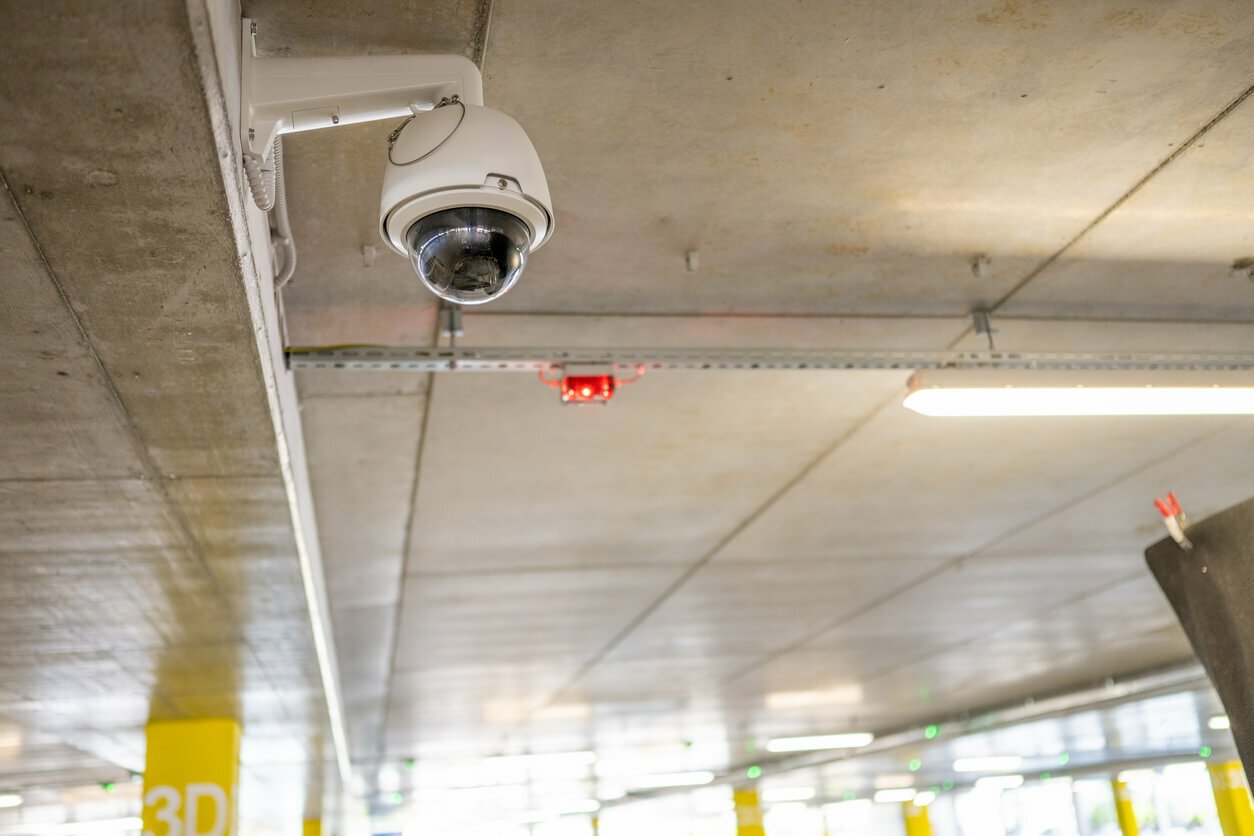Manufacturing plants and industrial facilities face unique security risks. And as these facilities become increasingly connected and automated, they’re also becoming vulnerable to a wider range of security threats.
This is why developing a comprehensive industrial security strategy is no longer optional—it's a necessity. A holistic, layered industrial security strategy will protect personnel, secure physical assets, and prevent operational disruptions.
Let’s explore risk assessments, employee training, and other elements essential to industrial and manufacturing plant security.
Assessing Facility Vulnerabilities
The physical security of a manufacturing or other industrial plant is mission-critical. Globally, physical security incidents resulted in a combined $1 trillion in lost revenue in 2022.
A detailed physical risk assessment is an essential first step in developing a comprehensive security strategy for an industrial facility. This process involves evaluating potential threats and vulnerabilities within the business.
During this evaluation, a testing team will identify areas and assets that need prioritized security measures to ensure even the most vulnerable parts of a facility are adequately protected. Let’s explore this process in greater detail:
- Identification of Assets - Identifying the assets and areas that require security.
- Threat Analysis - Threats come in many forms. This includes internal risks, like employee theft or accidents, and external risks, like break-ins.
- Vulnerability Assessment - A security team will identify the susceptibility of certain assets relative to specific threats. This can include analyzing physical security measures, protocols, and employee safety practices.
- Impact Evaluation - Considering both direct impacts, such as equipment damage, and indirect impacts, such as production delays, an assessment professional will help the business understand the potential consequences of each type of threat.
- Prioritization - Based on the vulnerability and impact assessment, the security team will then prioritize risks to help allocate resources effectively while mitigating those critical threats first.
Developing a Contingency Plan
Effective security is much more than basic perimeter fences. Creating a contingency plan for a facility is an essential element of manufacturing plant security. During planning, security personnel and other internal stakeholders outline common threats, identify high-risk assets, and assess how threats may affect operations, safety, and finances. After this analysis, specific action plans are developed for different scenarios, which may include:
- Lockdowns
- Evacuations
- Natural disaster procedures
- Physical incident responses
Teams should understand what resources will be needed and the proper implementation plan. Relevant personnel should know these procedures and undergo regular training to ensure security consistency across departments.
Implementing Security Systems
Decision-makers should select security systems based on the insights uncovered in the risk assessment. This can involve several key security technologies:
Integrating these technologies into a cohesive security strategy enhances overall protection. This level of integration often involves advanced software and centralized monitoring in an effort to provide a single view of a facility’s security status. When correctly used and implemented, these security systems not only increase security but also streamline the response to incidents.
Establishing Robust Security Protocols
To establish robust security protocols in an industrial setting, start with the creation of comprehensive guidelines based on the findings of the risk assessment. This can include the development and enforcement of strict access control strategies for staff and visitors to ensure that only authorized individuals can enter certain areas.
Regular penetration tests are also important. These security tests allow manufacturing or other industrial facilities to simulate breaches. Penetration tests not only help identify vulnerabilities but also continually strengthen defenses and keep the safety of personnel and the security of assets strong. Regular review and updates of these protocols are necessary to adapt to evolving threats and changes within the facility.
Training Employees
88% of businesses say physical security threats are on the rise. While all these strategies and security systems can prove invaluable to prevent incidents and mitigate threats, they’re only as good as the training employees receive. Especially in an industrial setting, it’s important to conduct frequent training sessions to enhance employees' awareness of security threats and their preparedness to respond.
Training should cover a wide range of scenarios:
- Evacuation procedures
- How to identify and report potential breaches
- The proper use of security systems, including fire extinguishers
The strength of a security strategy is only as good as the least trained employee. For example, if a team member isn’t up to date on access control protocols, they may allow another employee to use their credentials to gain access to a certain area. As you can imagine, this can cause some unforeseen and devastating consequences. Empowering employees with this knowledge not only bolsters the overall security of the facility but also promotes a culture of safety and vigilance.
Regular Updates and Maintenance
Manufacturing plant security is an ongoing process. Each type of security system will need maintenance and software updates to ensure optimal performance. A proactive approach to equipment, protocol, and software management is essential for sustaining a robust and effective security infrastructure.
Keep Your Facility Safe with a Robust Industrial Security Strategy
Manufacturing plant security should never be an afterthought. For businesses, keeping assets and employees safe should always be a top priority. If your organization is looking for an effective way to bolster security, consider partnering with a professional security service provider. Don’t wait for an incident to take security seriously; get the help you need now.







